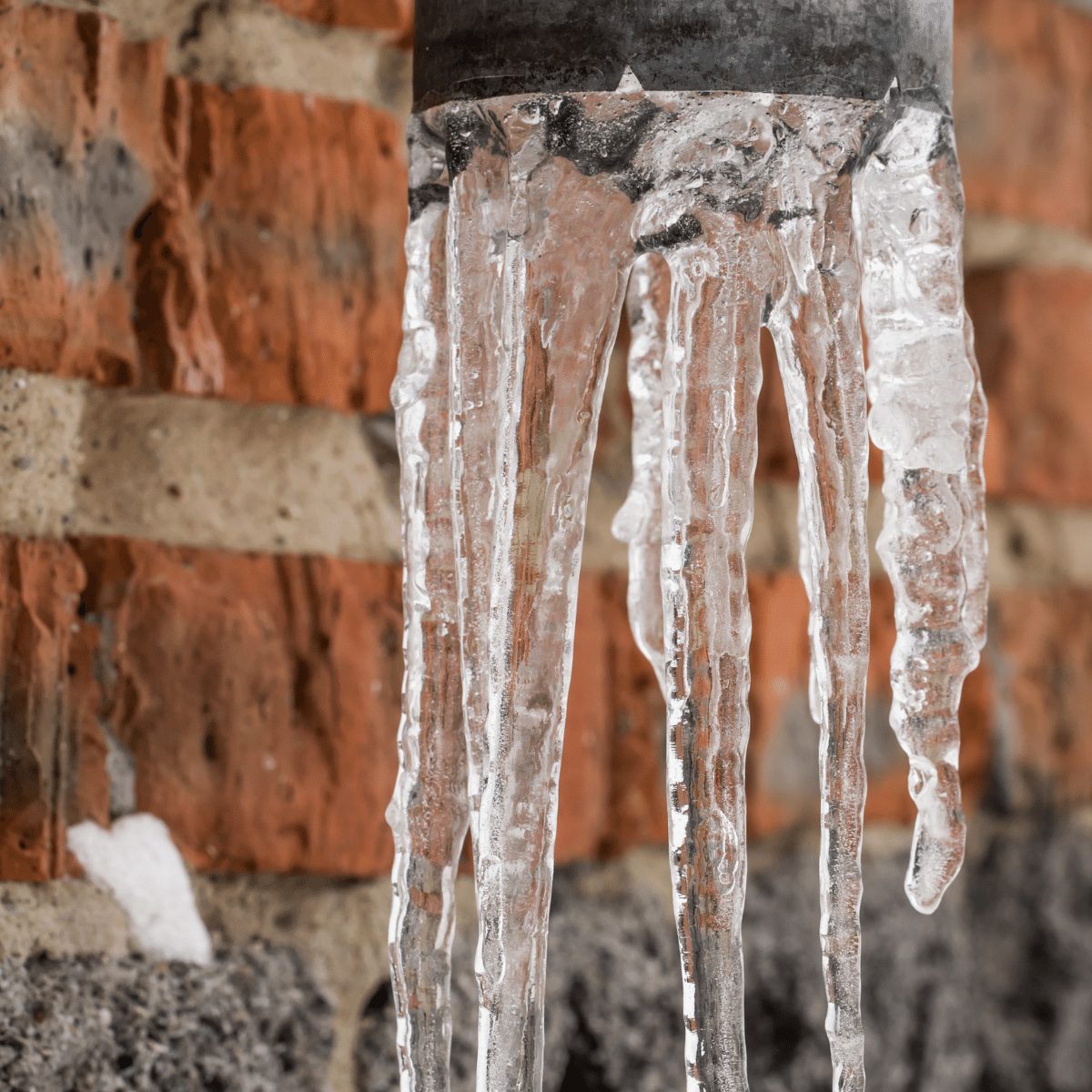Preventing Frozen Plumbing in Winter: Expert Tips
Preventing Frozen Plumbing in Winter: Expert Tips
Blog Article
This article on the next paragraphs on the subject of Preventing and dealing with frozen pipes is truly engaging. Read on and draw your own findings.

Winter can ruin your pipes, especially by freezing pipes. Here's how to prevent it from taking place and what to do if it does.
Intro
As temperatures drop, the risk of icy pipes boosts, potentially bring about pricey repair services and water damage. Comprehending exactly how to prevent frozen pipelines is essential for house owners in cool climates.
Prevention Tips
Protecting vulnerable pipelines
Cover pipes in insulation sleeves or utilize warmth tape to safeguard them from freezing temperatures. Focus on pipes in unheated or exterior areas of the home.
Home heating techniques
Maintain interior areas effectively warmed, especially areas with plumbing. Open closet doors to permit cozy air to distribute around pipes under sinks.
Exactly how to determine frozen pipelines
Seek reduced water flow from faucets, unusual smells or sounds from pipelines, and noticeable frost on subjected pipes.
Long-Term Solutions
Structural changes
Consider rerouting pipelines away from exterior walls or unheated areas. Include extra insulation to attic rooms, cellars, and crawl spaces.
Updating insulation
Invest in high-quality insulation for pipelines, attic rooms, and walls. Appropriate insulation helps preserve consistent temperature levels and minimizes the danger of icy pipelines.
Securing Outside Plumbing
Yard tubes and outside taps
Detach and drain pipes garden hoses prior to winter season. Install frost-proof faucets or cover outdoor taps with insulated caps.
Recognizing Frozen Pipes
What creates pipes to freeze?
Pipes freeze when exposed to temperatures listed below 32 ° F (0 ° C) for prolonged periods. As water inside the pipelines ices up, it increases, putting pressure on the pipe wall surfaces and potentially creating them to burst.
Threats and problems
Frozen pipelines can lead to water system disturbances, residential property damage, and costly repair services. Burst pipelines can flood homes and cause comprehensive structural damages.
Indications of Frozen Water Lines
Determining frozen pipelines early can prevent them from bursting.
What to Do If Your Pipelines Freeze
Immediate actions to take
If you suspect icy pipes, maintain taps open to soothe pressure as the ice thaws. Utilize a hairdryer or towels soaked in warm water to thaw pipes gradually.
Verdict
Avoiding icy pipelines calls for positive steps and fast feedbacks. By understanding the causes, indications, and preventive measures, house owners can shield their plumbing during winter.
6 Proven Ways to Prevent Frozen Pipes and Protect Your Home
Disconnect and Drain Garden Hoses
Before winter arrives, start by disconnecting your garden hoses and draining any remaining water. Close the shut-off valves that supply outdoor hose bibs and leave the outdoor faucet open to allow any residual water to drain. For extra protection, consider using faucet covers throughout the colder months. It’s also important to drain water from any sprinkler supply lines following the manufacturer’s directions.
Insulate Exposed Pipes
Insulating your pipes is an effective way to prevent freezing. Pipe insulation is readily available at home improvement stores and is relatively inexpensive. Pay close attention to pipes in unheated areas such as the attic, basement, crawl spaces, or garage. Apply foam insulation generously to create a buffer against the cold. You can also wrap your pipes in heat tape or thermostat-controlled heat cables for added warmth.
Seal Air Leaks
Inspect your home for any cracks or openings that could let in cold air. Seal any holes around the piping in interior or exterior walls, as well as the sill plates where your home rests on its foundation. Additionally, make sure to keep your garage door closed unless you’re entering or exiting. Leaving it open creates a significant air leak that can lead to frozen pipes.
Allow Warm Air Circulation
During cold snaps, it’s essential to allow warm air to circulate evenly throughout your home. Leave interior doors ajar to promote better airflow. Open kitchen and bathroom cabinets to help distribute heat consistently around the rooms. If you have small children or pets, be sure to remove any household chemicals or potentially harmful cleaners from open cabinets for safety.
Let Faucets Drip
A small trickle of water can make a big difference in preventing ice formation inside your pipes. When temperatures drop significantly, start a drip of water from all faucets served by exposed pipes. This continuous flow helps prevent the water from freezing. Additionally, running a few faucets slightly can relieve pressure inside the pipes, reducing the chances of a rupture if the water inside does freeze.
https://choateshvac.com/6-proven-ways-to-prevent-frozen-pipes-and-protect-your-home/

I'm just very enthusiastic about 6 Ways to Prevent Frozen Pipes and I really hope you liked my article. If you please set aside a second to share this post if you enjoyed it. I am grateful for being here. Don't hesitate to stop by our website back soon.
Source This Article Report this page